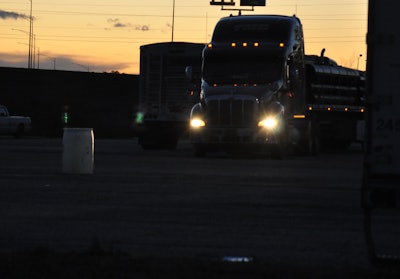
The catalyst for the increase in crashes, ATRI says in its report, was a shift in working hours by truck operators, who in response to the changes in the use of a 34-hour restart provisions operated more in the traffic-heavy daytime hours rather than at nights and early mornings.
The 2013 rule required that a driver’s 34-hour weekly restart, if taken, include two 1 a.m. to 5 a.m. periods. It also limited use of the restart to once per seven days.
“The July 1, 2013, restart rule did, in fact, have the outcome intended by FMCSA; that being the shift of truck trips from nighttime driving to daytime driving,” ATRI writes in its report. “However, the unintended consequence of higher numbers of crashes at other points in the driving schedule also appears to have occurred.”
ATRI analyzed an extensive truck GPS database to identify changes in truck travel by time of day and day of the week after the July 1, 2013, change to the restart. ATRI also examined several years of pre- and post-July 1, 2013, federal truck crash data to quantify safety impacts.
“After many years of crash decreases, everyone knows our industry has experienced an uptick in crashes,” said Maverick Safety Vice President Dean Newell, also a member of ATRI’s Research Advisory Committee. “This latest analysis from ATRI validates both changes in operations and crash risk that seem to be associated with the restart rule. Regulations should serve to improve safety, not create additional safety risks.”
The identified shift in truck traffic from the weekends and evenings was most pronounced on Sunday night, a low-traffic, low-exposure period. Statistically significant increases in truck crashes were confined to injury and tow-away crashes all told, not fatality events.
ATRI controlled for overall economic improvement and its effects on crash statistics (better economy = more traffic) by utilizing percentage change and tonnage growth percentages over the two-year period, which were relatively constant. In addition, the organization said, truck unit position points are a better indicator of physical truck movements than freight volumes.











